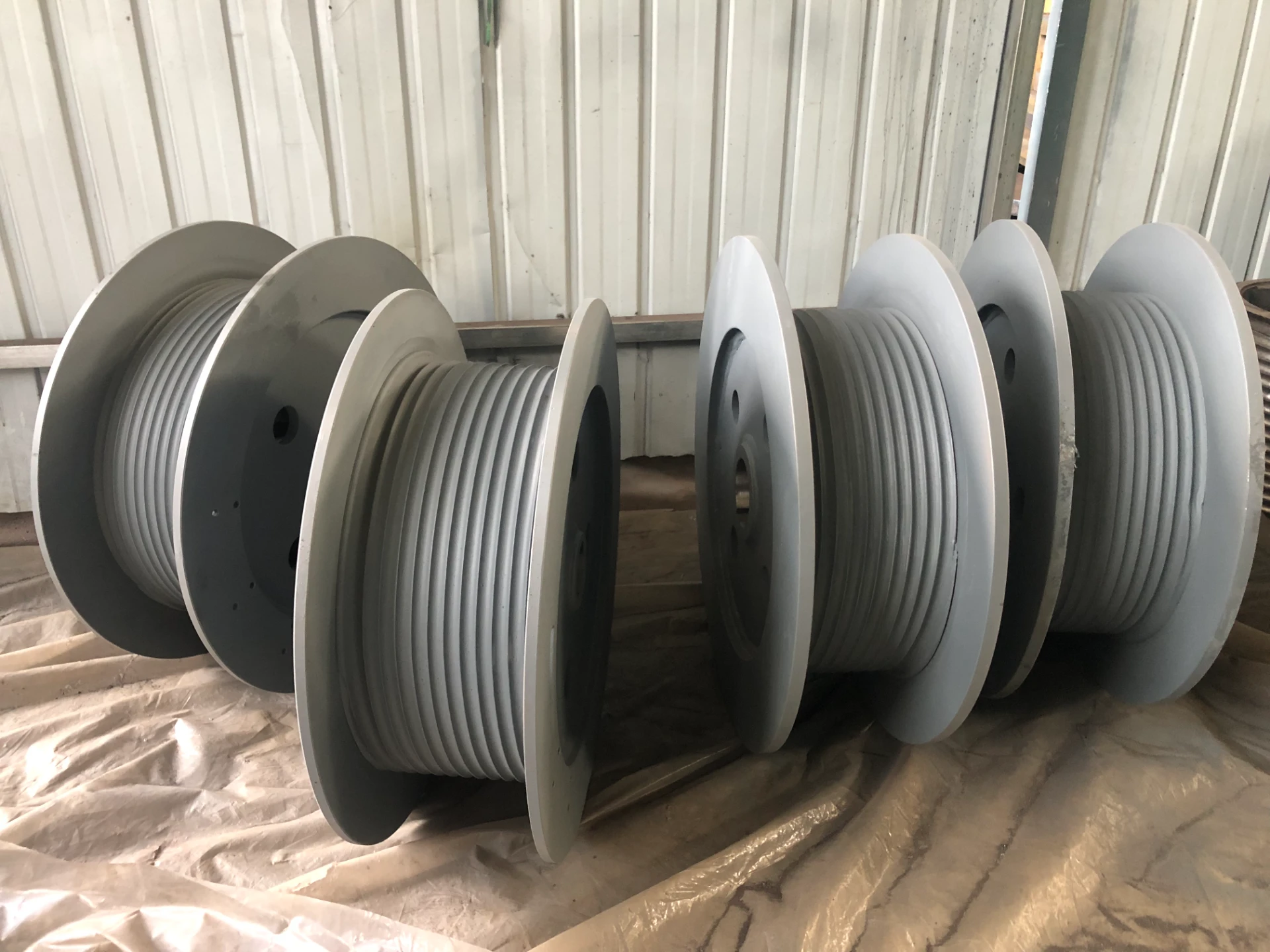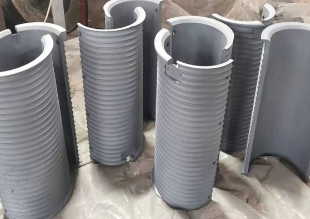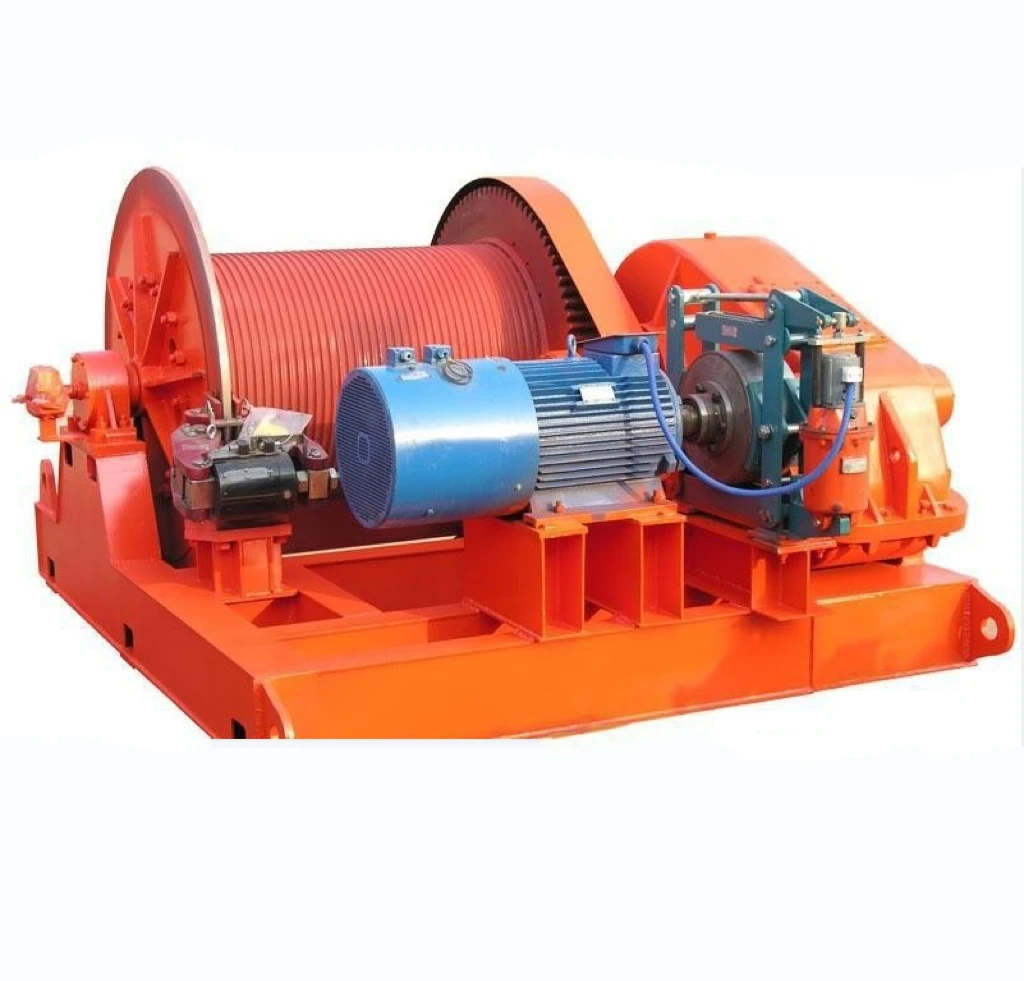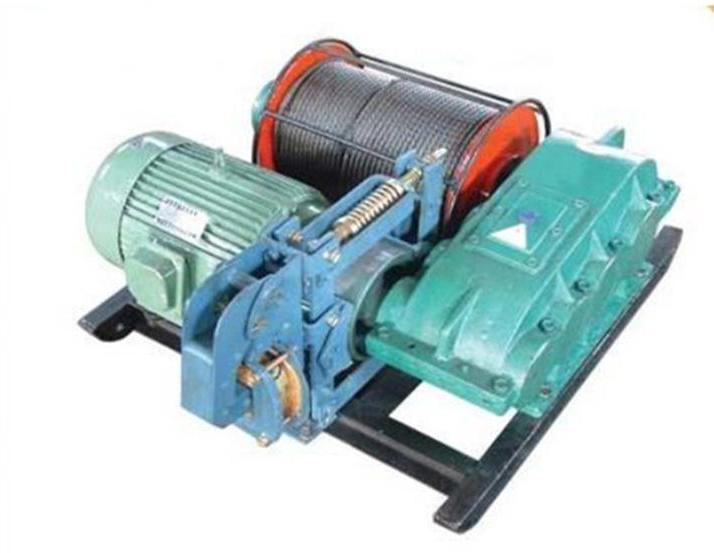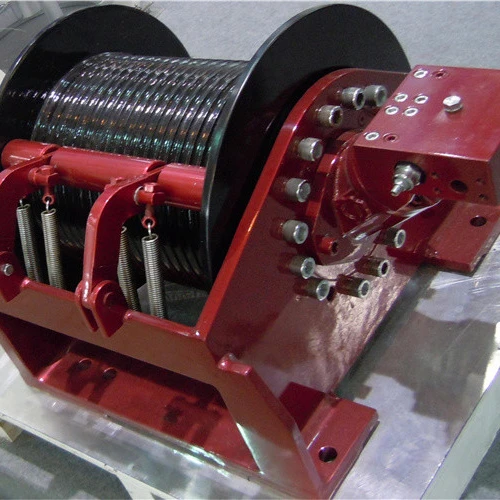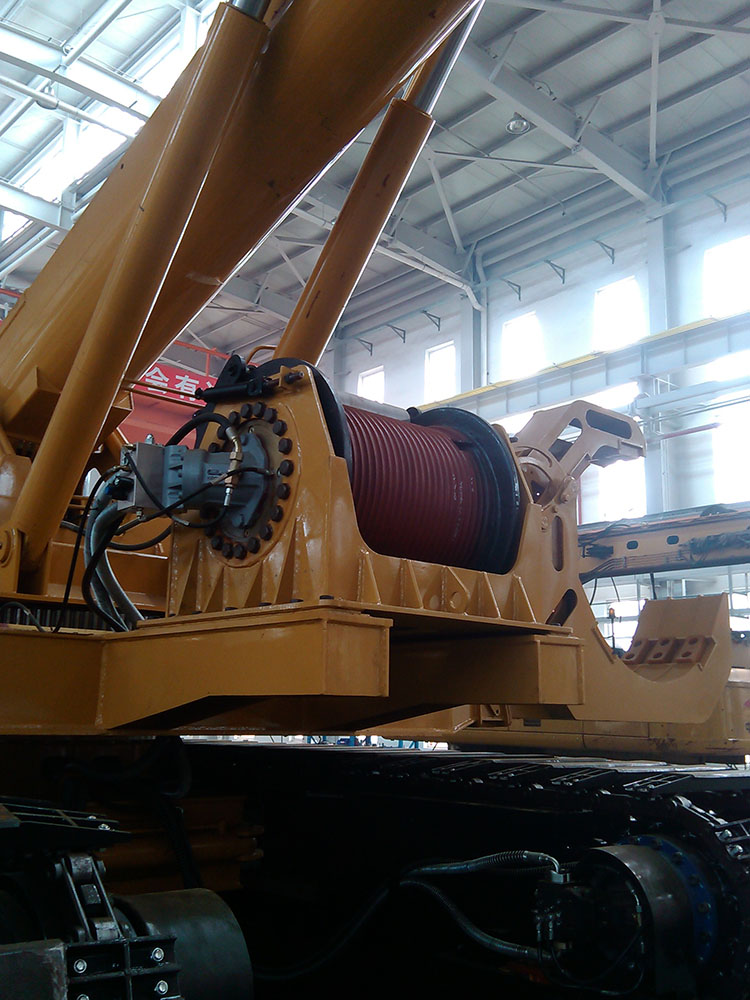Heavy Duty Hydraulic Winch – The Backbone of Industrial and Rescue Operations
Understanding the Heavy Duty Hydraulic Winch: Why It Matters Worldwide
The heavy duty hydraulic winch is more than just an industrial tool — it’s a lifeline in many sectors, from construction and maritime to emergency rescue and disaster relief. Globally, these powerful machines help move massive loads safely and efficiently, easing complexities in logistics and infrastructure projects. Their impact is felt especially in challenging environments where reliability and strength matter.
As industries grow and technology advances, understanding the role and benefits of heavy duty hydraulic winches can save time, reduce risks, and improve operational efficiency. Plus, when disaster strikes, having dependable winching solutions can make all the difference.
A Global Perspective: The Growing Demand for Heavy Duty Hydraulic Winches
According to data from the International Maritime Organization and the United Nations, global infrastructure projects and resource extraction activities have surged by over 35% in the last decade — and these operations rely heavily on equipment like heavy duty hydraulic winches. Their unique ability to handle high-torque demands without compromising safety is critical, especially in remote or rough terrains.
However, a persistent challenge exists: how do you maintain performance and durability when operating under harsh weather, heavy loads, and continuous use? Hydraulic winches answer this by delivering consistent power and control, making them indispensable for sectors striving to meet ambitious targets — whether building bridges in Asia or rescuing stranded vessels in the North Atlantic.
Heavy Duty Hydraulic Winch Defined: The Basics Explained
Simply put, a heavy duty hydraulic winch is a mechanical device powered by hydraulic fluid pressure, designed to pull, lift, or position loads that are typically very heavy or awkward. Unlike electric winches, hydraulic variants harness hydraulic pressure to produce high torque and smooth operation — essential where electric power might be limited or unreliable.
These winches connect closely to modern industrial needs: emergency responders use them to clear debris and rescue; construction teams employ them to move steel beams; and offshore platforms count on their dependability during complex marine operations.
Key Components that Make Heavy Duty Hydraulic Winches Reliable
Durability and Build Quality
The winch housing often uses heavy gauge steel with protective coatings to guard against corrosion and abrasion. After all, many operate in saltwater or dusty environments. This rugged construction ensures a long service life even under gruelling conditions.
Hydraulic Power System
At the core is a hydraulic motor powered by pressurized fluid, delivering controlled torque. The precision offered by hydraulic systems means operators can smoothly start, stop, and regulate the winch — often a lifesaver during delicate recovery tasks.
Load Capacity and Line Speed
Heavy duty hydraulic winches boast impressive load capacities — some rated to pull over 50,000 lbs — with variable line speeds for versatility. The ability to balance speed and strength makes them adaptable across numerous industries.
Safety Features
Modern models typically include automatic brakes, overload protection valves, and emergency stop functions. These ensure that even in intense situations, operators and equipment stay safe.
Portability and Customization
Many manufacturers now prioritize modular designs, allowing winches to be mounted on various vehicles, vessels, or permanently installed, enhancing their utility in diverse environments.
Mini takeaway: Heavy duty hydraulic winches combine robust construction, precise hydraulic mechanics, and thoughtful safety features — all designed for demanding environments.
Where Heavy Duty Hydraulic Winches Really Shine: Global Use Cases
Heavy duty hydraulic winches find essential roles worldwide. In Southeast Asia, the logging industry depends on hydraulic winches to extract timber from remote forests safely. Meanwhile, in the oil and gas sectors off the coast of Brazil and Norway, they maneuver heavy equipment on platforms amid waves and wind.
Consider also humanitarian relief — after earthquakes or floods, rescue teams deploy hydraulic winches for clearing rubble or lifting trapped vehicles, tasks impossible without reliable winching power.
Even in the mining industry, heavy duty hydraulic winches help maneuver machinery in tight, hard-to-reach underground spaces, where electric alternatives might pose spark hazards.
Advantages and Lasting Value of Heavy Duty Hydraulic Winches
- Cost Efficiency: Lower maintenance costs compared to electric equivalents and longer lifespans reduce total ownership expenses.
- Sustainability: Hydraulic systems can be paired with eco-friendly hydraulic fluids, and recent innovations have made them more energy-efficient.
- Safety: Operators feel more confident with precise control and built-in emergency features.
- Reliability: Proven performance in extreme environments, ensuring operations don’t halt when it matters most.
- Social Impact: They enable critical infrastructure projects and rescue missions, directly affecting community wellbeing and safety.
Mini takeaway: Beyond pure mechanics, these winches deliver peace of mind, efficiency, and a sustainable edge — a toolkit for modern industry challenges.
Future Trends on the Horizon for Heavy Duty Hydraulic Winches
The next wave? Expect integration of smart sensors and IoT connectivity, enabling remote monitoring of load stresses and maintenance schedules — preventing failures before they happen. Additionally, greener hydraulic fluids and energy-recovering hydraulic circuits are gaining traction to support sustainability goals.
Automation is also climbing. Imagine winches that automatically adjust tension with minimal human input — improving speed and reducing operator fatigue. It’s changing how heavy lifting is thought about.
Challenges and How Engineers Are Tackling Them
Despite their strengths, hydraulic winches face hurdles: hydraulic leaks remain a maintenance headache, and bulky designs can limit mobility. However, manufacturers are innovating with sealed systems and lightweight alloys like titanium blends, which reduce weight without sacrificing toughness.
Plus, digital toolkits now allow predictive maintenance, so service is scheduled exactly when needed — no more “fix it when it breaks” headaches.
Heavy Duty Hydraulic Winch: Key Specifications
| Specification | Typical Range / Value |
|---|---|
| Load Capacity | 10,000 lbs to 55,000+ lbs |
| Line Speed | 5 to 25 meters/min |
| Power Source | Hydraulic fluid (typically 3,000 psi system) |
| Brake System | Automatic spring-applied, hydraulic release |
| Materials | Steel frame, coated cable (synthetic or wire rope) |
| Weight | 500 – 1,800 kg depending on model |
Vendor Comparison Table: Popular Heavy Duty Hydraulic Winch Manufacturers
| Feature / Vendor | LBS Winch | Global Pull Systems | HydroLift Co. |
|---|---|---|---|
| Max Load Capacity | 55,000 lbs | 50,000 lbs | 45,000 lbs |
| Customization Options | High | Medium | Low |
| Warranty Period | 3 Years | 2 Years | 1 Year |
| Integrated Safety Features | Advanced | Standard | Basic |
| Global Service Network | Extensive | Moderate | Limited |
Frequently Asked Questions About Heavy Duty Hydraulic Winches
- Q: What environments are best suited for heavy duty hydraulic winches?
- These winches excel in harsh and remote environments like offshore rigs, mining sites, and disaster zones where electric power is unreliable or hazardous. Their sealed hydraulic systems withstand dirt, moisture, and extreme temperatures better than many alternatives.
- Q: How often should hydraulic winches be maintained?
- Maintenance schedules vary by intensity of use, but typically, a thorough inspection and fluid check every 6 months is recommended. Proactive service can prevent leaks and mechanical wear, reducing costly downtime.
- Q: Can hydraulic winches be customized for specific industrial needs?
- Absolutely. Many vendors offer tailored solutions regarding load capacity, mounting options, cable type, and control interfaces, ensuring compatibility with unique operational demands.
- Q: Are heavy duty hydraulic winches safe for rescue operations?
- Yes, especially because their precise control and automatic braking systems enhance safety, allowing operators to maneuver loads gently and securely during critical situations.
- Q: How do hydraulic winches compare cost-wise to electric ones?
- While upfront costs might be similar or slightly higher, long-term expenses often favor hydraulic models due to greater durability, easier repairs, and reduced energy consumption in certain applications.
Wrapping It Up: Why Investing in Heavy Duty Hydraulic Winches Is a Smart Move
Heavy duty hydraulic winches may seem like just another piece of equipment, but they underpin operations across countless sectors where strength, precision, and reliability are non-negotiable. Whether lifting a steel beam hundreds of feet above ground or anchoring a rescue boat in stormy seas, these winches deliver.
In an ever-changing global landscape, their ability to adapt — through innovation, customization, and smart tech integration — positions them as essential tools for today and tomorrow. If you’re looking to optimize your operations or enhance safety and efficiency, exploring hydraulic winch options is a step worth taking.
For detailed specs and tailored solutions, visit our website: heavy duty hydraulic winch.
Mini takeaway: In the world of heavy lifting and pulling, hydraulic winches quietly do the hard work — offering strength, safety, and sustainability all in one.
References
-
Double Drum Hydraulic Winch – Durable, Efficient Load Handling SolutionsNewsNov.25,2025
-
Hydraulic Drum Winches: Powering Heavy Lifting with Precision and DurabilityNewsNov.24,2025
-
Hydraulic Driven Winch – Reliable Heavy Lifting Solutions for Industry & ReliefNewsNov.24,2025
-
Hydraulic Crane Winch – Powerful & Precise Heavy Lifting Solutions | LBS WinchNewsNov.23,2025
-
Electric Over Hydraulic Winch: Efficient, Durable Lifting Solutions for Modern IndustryNewsNov.23,2025
-
Hydraulic Logging Winch Guide | Global Applications & InnovationsNewsNov.22,2025


